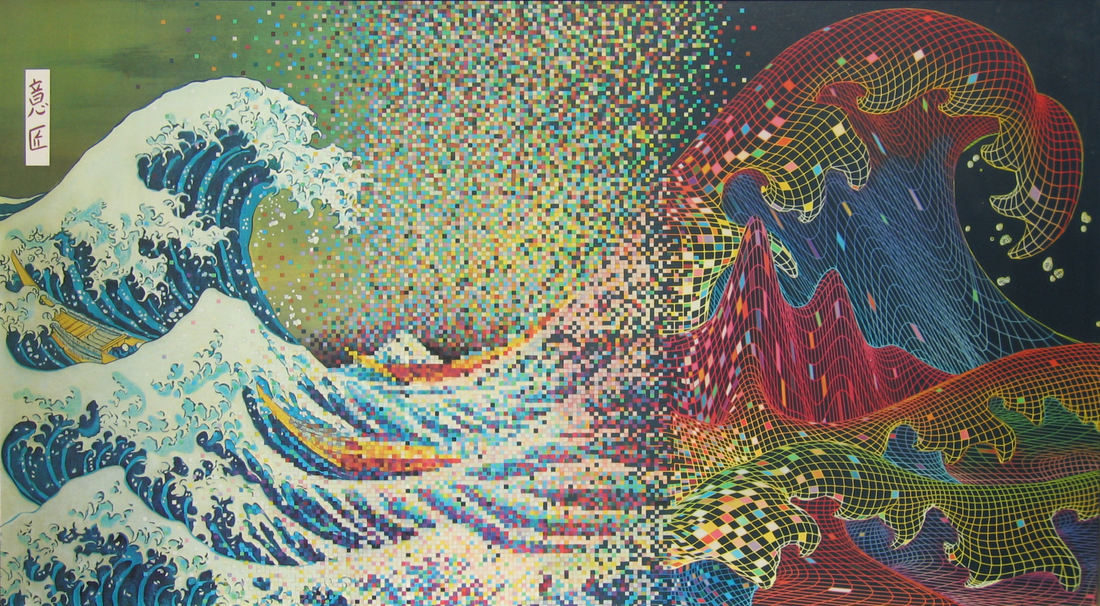n
No surprise then that the terroir camps are decidedly split: on one side are those that ascribe to the notion that a wine—if not overly manipulated in the winery—is intimately connected to its place of origin. That one can “taste” the vineyard in the finished product. On the other side are those who cry foul, bulls**t, and more, claiming that any sensed connection between wine and place is a quaint hallucination more often than not due to winemaker influence. To the latter, Alex Maltman, geology professor at the University of Wales at Aberystwyth, has written two excellent articles for Guildsomm.com on vineyard soils and geology. He has strongly put forth the maxim that mineral content in a vineyard soil is not absorbed through plant material, a.k.a. vines, and therefore cannot contribute to the aromas and flavors of a finished wine. No argument there.
Some colleagues dismiss terroir outright as the effects of sulfur, post-fermentation and bottling. That quickly brings to mind Meursault and Bordeaux Blanc, both of which often display a whiff of mercaptan on the nose. The brett-terroir argument is also tempting with of any number of old school Bordeaux, Burgundy, and Rhône wines; some profoundly complex, even temporarily life-changing. However, if I try to adopt the position of the naysayers, it simply doesn’t work. There will always be a universe separating Raveneau from Rombauer, and Rochioli from Richebourg–and not just because of brett or sulfur. Regardless, however we define it, connecting terroir to wine has always been problematic simply because no one has ever been able to prove a scientific link between the vineyard and wine in the bottle.
Until now.
“The microbiome is essential for making nutrients and minerals available to the vines to pull from the soil. Different yeast and bacteria species, through their metabolic activity, also generate or liberate sensory molecules on the grapes and in the finished wine.”
Biome Makers
I first started working with Francisco “Paco” Cifuentes last fall. Cifuentes is an ex-Silicon Valley biochemist originally from Madrid. He left the corporate world with the goal of creating a Spanish portfolio comprised of small, family-owned estates that farm organically or biodynamically. My job was to taste through the wines with him to assess quality for potential portfolio inclusion and to put together tasting notes. Over the course of several tastings, we worked through more than fifty wines from two dozen-plus estates in Ribeira Sacra, Rioja, the Penedès, Priorat, and more. Much to his credit, Paco—for a non-industry person—has a very good palate and practically all the wines he presented were spot on and very good representations of their appellation. His company, called Whole Wine, is just now releasing wines to the Northern California market (www.wholewine.com).
Last month Paco told me about a colleague who was a principal in a company called Biome Makers, an agriculture-technology startup with offices in San Francisco and Spain. Biome Makers develops tools and products to map the microorganisms present in different environments. The firm uses “WineSeq”, a DNA sequencing and machine learning-based technology, to evaluate the microbiome in a vineyard soil. “WineSeq” reveals the vineyard microbiome that, through the fermentation, influences the finished wine with specific chemical compounds. Needless to say, the concept is both extraordinary and revolutionary.
Recently I met with Adrián Ferrero, co-founder and CEO, and John Dimos, PhD, GM of the company, to learn about the technology and its potential application. Here is our conversation:
TG: What was the technology you’re using originally designed for? Where was it developed and how long has it been used?
BM: WineSeq technology leverages advances in DNA sequencing and advanced computer learning. DNA sequencing was first developed in the late 1970s as a basic research tool to identify genes and gene mutations. The technology developed slowly until the 1990s, when it then was used to map the human genome at a cost of three billion USD. Since then, the cost of DNA sequencing has dropped and it’s being used broadly in healthcare settings and spreading into other industries like agriculture.
TG: Could you provide a brief description of the process–one that can be understood by sommeliers.
BM: The first step in WineSeq’s process is to isolate the DNA found in a soil sample. We’re able to purify DNA from all microorganisms, yeast, and bacteria, present in that soil sample. The exact sequence of this entire pool of DNA is then read by a machine. Because the genes of every species are unique, we can then look at the DNA sequences and identify which species of yeast and bacteria was in the starting soil sample, and their relative abundance.
TG: How important is the microbiome of a vineyard to the finished wine?
BM: The microbiome in a vineyard has many functions. It maintains a healthy balance in the soil to prevent disease, or can cause a disease if a particular pathogen is present at high levels. The microbiome is essential for making nutrients and minerals available to the vines to pull from the soil. Different yeast and bacteria species, through their metabolic activity, also generate or liberate sensory molecules on the grapes and in the finished wine.
TG: Is the connection between the microbiome and character of the finished wine what we call “terroir”?
BM: The microbiome is a dynamic and integrative biomarker. The microbiome is influenced by agricultural practices, soil chemistry, soil history, vine variety, and weather. It’s quite possible that the microbiome could serve as an objective measure of ‘terroir’ as it integrates all influences on the vine itself, and carries over into the cellar.
TG: Does the microbiome directly influence varietal typicity?
BM: This is a possibility that we’re studying. We’ve found an association between varieties and particular microbiome fingerprints. It’s quite possible that the variety affects the microbiome just as the microbiome affects the variety, and that this two-way influence is an important component of varietal typicity.
TG: Can we map qualities of a specific grape variety given a vineyard – microbiome?
BM: Today we can use the microbiome to predict how grapes will behave in a natural fermentation. We can detect species that will add character to the wines, as well as potential spoilage species. Because a third to a half of molecules involved in a wine’s smell and flavor come from microbial metabolic activity, there’s tremendous potential to predict flavor profiles with foreknowledge of the microbiome.
TG: How can the technology help keep vineyards healthy?
BM: The microbiome is composed of all microbial species, both beneficial ones and potential pathogens. WineSeq can detect the full microbiome and the relative proportions of each species within that ecosystem. Detecting imbalances or the presence of pathogens early, before there’s a visible manifestation on the vine, gives the grower the opportunity to implement preventative measures.
TG: What do you want the sommelier community to take away from knowing about the technology and your company?
BM: We would like the sommelier community to join the WineSeq community and contribute to explain and communicate the value of the microbiome to consumers through a glass of wine. The microbiome could be an objective biological measure of terroir, and sommeliers are perfectly suited to help us connect it with how the wine is experienced in the glass and how to communicate it.
Going Forward
Could the work of Biome Makers be the missing link in explaining what we call terroir? I strongly suspect so. Adrian and John are now starting to work with Paco on a long-range project. The goal is to map the vineyard soils of 10 different producers in the Whole Wine portfolio, conduct microbiome analyses, and connect the data to wines produced from the vineyards. We’re planning a seminar to be held in San Francisco this fall to introduce the project and the technology.
Stay tuned for details.
nn

